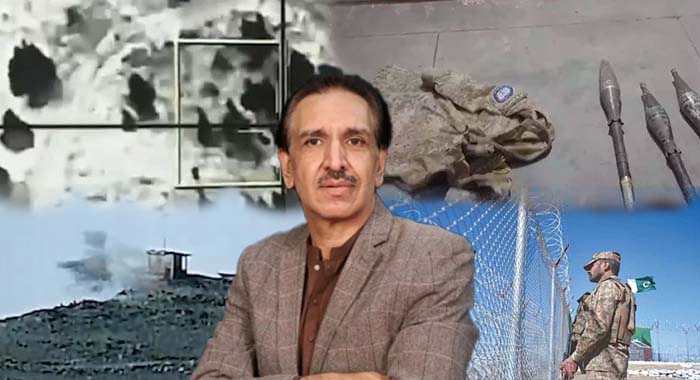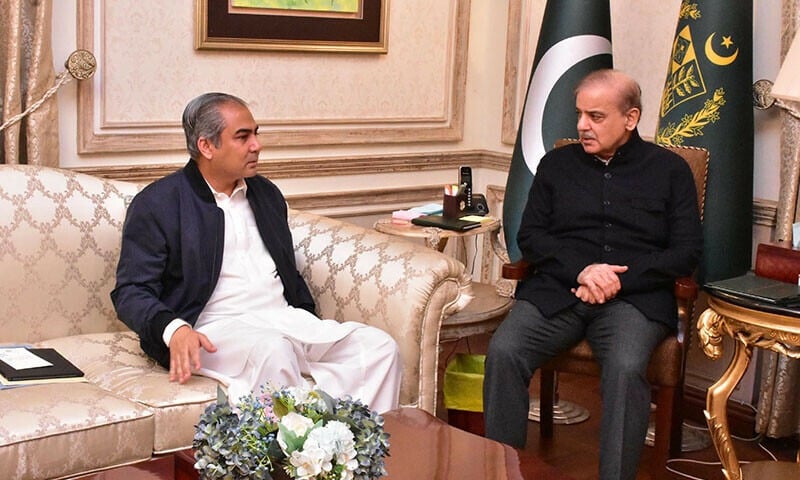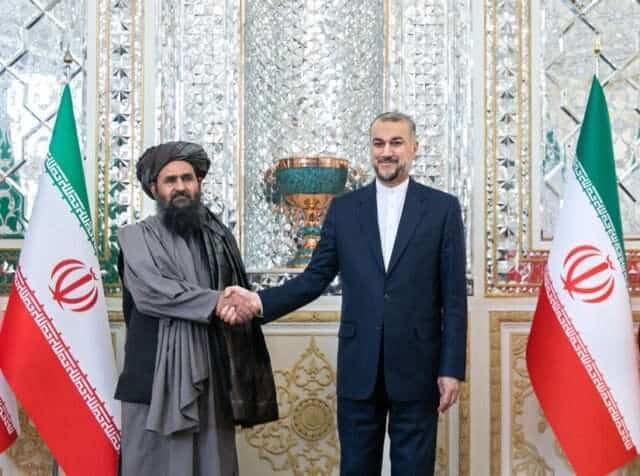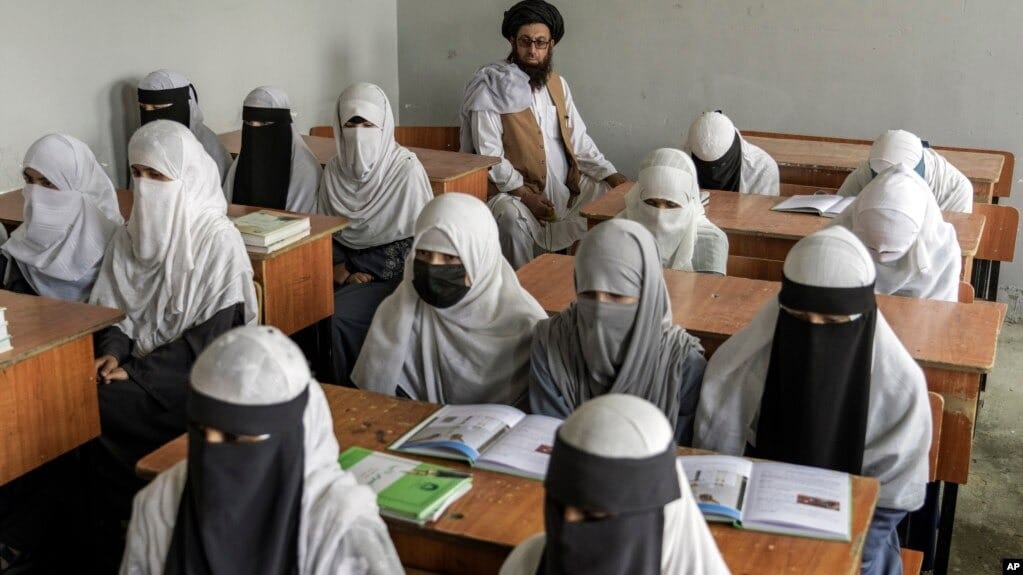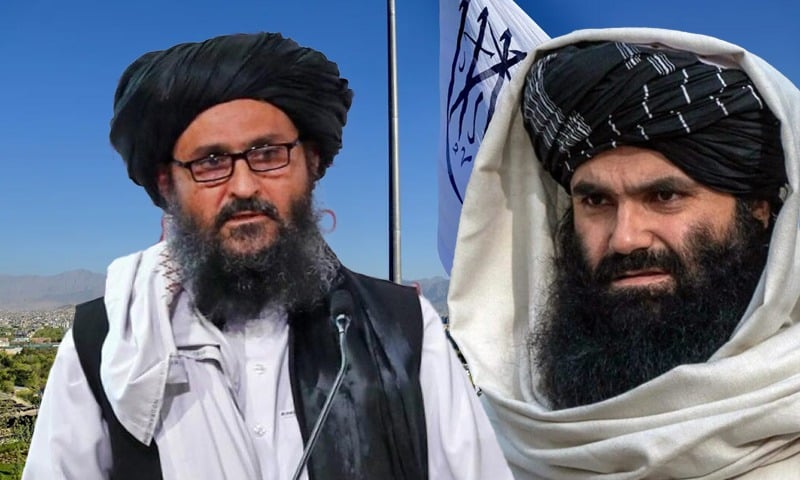Aqeel Yousafzai
An unexpected but grave tension has erupted between Pakistan and Afghanistan, signalling one of the most dangerous turns in the region’s recent history. While friction between the two neighbours is not new, the situation has escalated to an alarming level as Pakistan, an atomic power, has reportedly struck targets inside Afghanistan an unprecedented move that could redefine the security landscape of South Asia.
Reports indicate that nineteen locations in Kabul and parts of Kandahar were targeted in Pakistan’s recent strikes. For the first time, Pakistan’s Air Force has attacked deep into Afghan territory, reflecting a new level of assertiveness from Islamabad after months of escalating provocations and cross-border incursions by militants operating from Afghan soil. According to credible sources, Pakistan’s patience has reached its limit after repeated attacks on its security forces, particularly in Khyber Pakhtunkhwa and Balochistan.
Over the past week alone, forces affiliated with the Afghan Taliban reportedly attacked Pakistani positions along the border in Khyber Pakhtunkhwa, while security operations in the tribal districts killed over thirty terrorists in Mamund. These developments underscore the complexity of a situation where terrorism, cross-border militancy, and geopolitical rivalries are becoming dangerously intertwined.
The crisis has direct implications for Khyber Pakhtunkhwa and Balochistan provinces that have borne the brunt of terrorism for two decades. Whenever relations with Kabul deteriorate, the immediate impact is felt across these border regions. Yet, despite this reality, Pakistan’s political leadership remains divided and distracted by internal strife. As state institutions confront terrorism on multiple fronts, political parties continue their endless confrontations, showing little awareness of the gravity of the national security challenge.
It is tragic that very few national leaders have publicly condemned the recent Afghan aggression. The Pakistan Tehreek-e-Insaf (PTI), which governs Khyber Pakhtunkhwa and thus remains a key stakeholder, has instead opted for confrontation with the state. This contradiction — of a ruling party in one province protesting against the federal government has created a deeply unsettling political environment at a time when unity is essential.
Historically, the Pakistan People’s Party (PPP) was the only major political force to have taken a clear position on terrorism, leading successful military operations in Khyber Pakhtunkhwa during its tenure. Today, three parties the PPP, the National Party (NP), and the Jamiat Ulema-e-Islam (JUI-F) must step forward. Among them, JUI-F leader Maulana Fazlur Rehman enjoys the unique distinction of maintaining credible ties with both the Pakistani establishment and the Afghan Taliban. His role, and that of Darul Uloom Haqqania, could be instrumental in de-escalating this crisis through dialogue.
However, no meaningful resolution is possible without the involvement of major powers particularly China, the United States, and Russia. China, in fact, has reportedly urged Pakistan to halt further strikes, reflecting its anxiety over growing instability in the region, where its strategic and economic interests are deeply entrenched through the China-Pakistan Economic Corridor (CPEC). Beijing’s caution underscores how any escalation between Islamabad and Kabul could disrupt not only bilateral relations but regional peace as a whole.
The complacency of Pakistan’s political class is alarming. Many so-called national parties still perceive terrorism as a regional problem confined to Khyber Pakhtunkhwa and Balochistan. This is a dangerous delusion. The operational reach of militant networks, including the Tehreek-e-Taliban Pakistan (TTP), now extends far beyond the frontier. With their presence in Malakand, and routes connecting through mountainous terrain towards Islamabad, no part of Pakistan can afford to feel secure or detached from this threat. South Punjab, Islamabad, and Rawalpindi are all within easy reach — both geographically and operationally of these networks.
The external dimension of the crisis adds another volatile layer. Kabul’s growing proximity to New Delhi and the recent high-profile visit of Afghanistan’s acting foreign minister to India have raised legitimate concerns in Islamabad. Even within India, senior journalists and political leaders have questioned the logic of extending diplomatic courtesies to the Taliban regime a government they had long accused of serving as Pakistan’s proxy. As some Indian analysts warned, New Delhi’s engagement with the Taliban could ultimately backfire, giving Pakistan diplomatic justification and strategic room for manoeuvre.
In this context, Pakistan’s assertive response including air strikes can be seen as a message not only to Kabul but also to its regional adversaries. The strikes on Kandahar and Kabul, reportedly killing multiple militant targets, mark a decisive shift in Pakistan’s policy. For years, Pakistan absorbed attacks and provocations under the pretext of regional restraint; now, that restraint appears exhausted.
Nonetheless, this escalation carries grave risks. Without a parallel diplomatic strategy involving China, the United States, and regional intermediaries, military action alone could further destabilise an already fragile frontier. The international community, especially the UN and major powers, must urgently step in to prevent the conflict from spiralling into a full-scale confrontation.
Pakistan’s aggressive posture, as reflected in recent events, demonstrates its readiness to defend its sovereignty. Yet, the responsibility now lies equally on its political leadership to set aside internal divisions, recognise the magnitude of the threat, and speak with one voice. National unity is not a slogan it is a strategic necessity.
The coming days will determine whether Pakistan and Afghanistan can step back from the brink. If not, the region may be entering a new and dangerous phase — one where militancy, politics, and misplaced alliances could push South Asia closer to prolonged instability.

